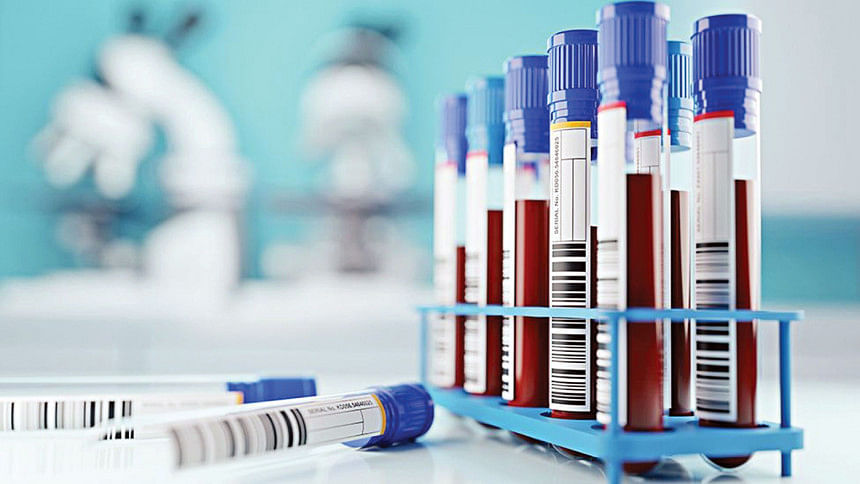Munich AIDS conference unveils new HIV cure case and bold global projections

The 25th International AIDS Conference, held in Munich, Germany, from July 22-26, 2024, brought together thousands of scientists, policymakers, and advocates to discuss the latest advancements in HIV research. This year's conference, hosted by the International AIDS Society (IAS), was marked by groundbreaking developments, including a unique HIV cure case, new global HIV projections, and promising advancements in HIV and STI prevention strategies.
One of the most notable highlights was the announcement of the "next Berlin Patient," the seventh person in the world to be cured of HIV following a stem cell transplant. This case was particularly significant because, for the first time, the donor had a single CCR5-delta32 mutation rather than the double mutation seen in previous cases. This finding could have profound implications for future research into scalable HIV cure strategies.
The "next Berlin Patient," an adult male who had both leukaemia and HIV, received a stem cell transplant for leukaemia in late 2015. In late 2018, he stopped taking antiretroviral treatment for HIV, and over five-and-a-half years later, he remained in HIV remission. The patient's donor had inherited just one copy of the CCR5-delta32 mutation, known as heterozygous, which allows individuals to acquire HIV but generally causes the virus to progress slowly without antiretroviral treatment.
This contrasts with previous cases where donors had two copies of the mutation, making them essentially immune to HIV. This new finding suggested that effective HIV remission could be achieved with a broader pool of donors, which holds promise for future gene therapy-based HIV cure strategies.
In addition to this groundbreaking case, the conference also unveiled new projections from UNAIDS, highlighting the urgent need for bold action in the global HIV response. The projections indicated that without significant efforts, there could be nearly 35 million new HIV acquisitions and nearly 18 million AIDS-related deaths between 2021 and 2050. The analysis emphasised the critical importance of achieving the "95-95-95" targets, where 95% of people living with HIV know their status, 95% of those who know their status are on treatment, and 95% of those on treatment are virally suppressed. Failing to meet these targets would result in significant human and economic costs, with the study estimating an average cost of inaction per capita of USD 670 in low- and middle-income countries by 2050.
Promising advancements in HIV and STI prevention were also highlighted. Two studies presented at the conference suggested that doxycycline pre-exposure prophylaxis (DoxyPrEP) could be a highly effective strategy for preventing sexually transmitted infections (STIs). One study involving female sex workers in Tokyo found that DoxyPrEP significantly reduced the incidence of STIs with high adherence and minimal adverse effects reported. These findings supported the potential of DoxyPrEP as a valuable prevention strategy for populations at high risk of STIs.
Another key study from the Netherlands explored the potential benefits of reducing the frequency of monitoring visits for HIV pre-exposure prophylaxis (PrEP) users. The study found that screening PrEP users for STIs every six months instead of the standard three months could reduce the burden on users and cut costs without increasing STI rates.
The conference also included the presentation of late-breaking full results from the PURPOSE 1 trial of long-acting injectable lenacapavir for HIV prevention, which demonstrated 100% efficacy in cisgender women. This marked another significant advancement in the ongoing effort to develop effective HIV prevention strategies.

 For all latest news, follow The Daily Star's Google News channel.
For all latest news, follow The Daily Star's Google News channel. 



Comments